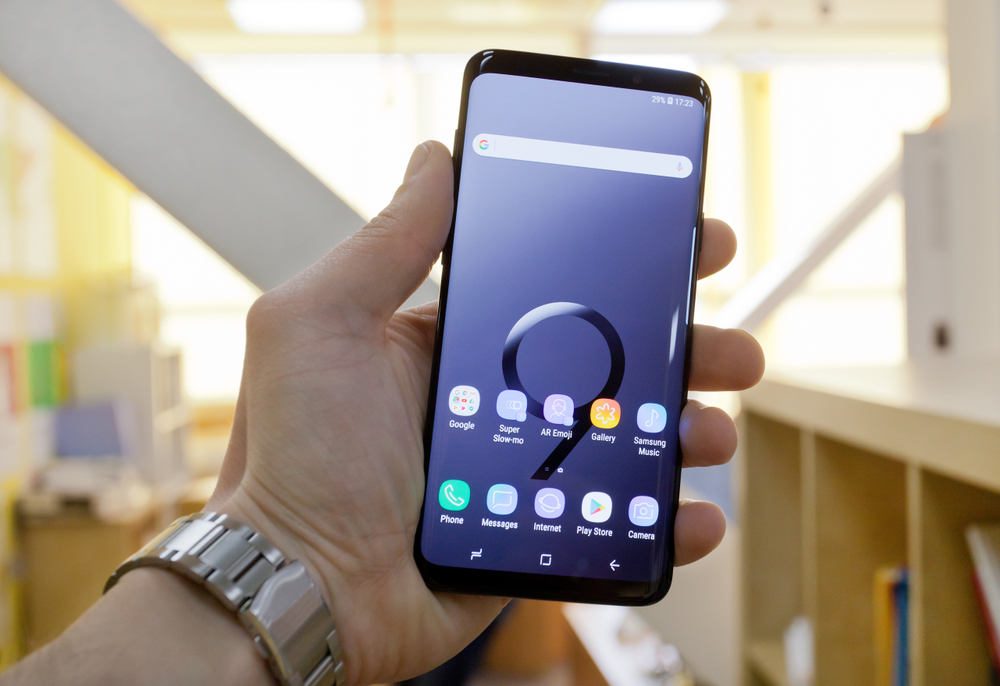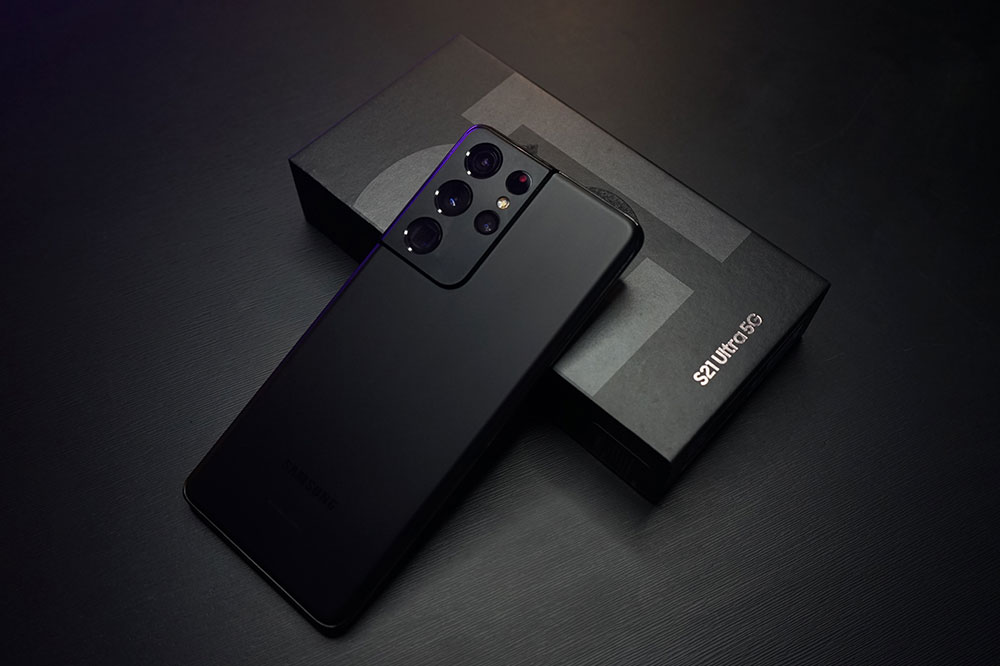The Ultimate Guide to the Top Smartphones of 2018: Features, Innovations, and Market Leaders
This comprehensive guide covers the top smartphones of 2018, highlighting their key features, technological innovations, and market impact. It provides valuable insights for consumers and tech enthusiasts interested in flagship devices from that year, showcasing how these models set new standards in design, performance, and functionality across various user needs.

Comprehensive Review of 2018's Best Smartphones
In recent years, smartphones have revolutionized how we communicate, work, and entertain ourselves. These pocket-sized devices serve as multi-functional tools, combining features like voice calls, messaging, internet browsing, photography, and productivity applications into sleek, portable designs. As technology advances rapidly, each year introduces new innovations that redefine user experiences, enhance performance, and expand capabilities.
The year 2018 was particularly remarkable in the smartphone industry. Manufacturers released an array of flagship models packed with cutting-edge features and technological breakthroughs. This influx of options created a highly competitive market, making it challenging for consumers to determine which device best suited their needs. To help buyers navigate through this crowded marketplace, we have compiled a detailed overview of the top smartphones of 2018, highlighting their features, innovation points, and pricing.
Samsung Galaxy S8
Apple iPhone X
Google Pixel 2
Samsung Galaxy Note8
LG V30
Let’s delve into each of these flagship devices to understand what made them stand out in 2018, their technological specifications, and the value they offered to users worldwide.
Samsung Galaxy S8: Redefining Smartphone Design and Functionality
The Samsung Galaxy S8, launched in April 2018, marked a significant shift in smartphone design with its sleek and modern aesthetic. Its lightweight construction, weighing only about 155 grams, made it comfortable to hold and operate for extended periods. Featuring a stunning 5.8-inch Quad HD+ Super AMOLED display, the S8 offered vibrant colors, deep blacks, and excellent contrast levels, making it ideal for multimedia consumption and gaming.
The device was powered by a powerful Exynos 8895 or Qualcomm Snapdragon 835 processor (depending on the region), paired with 4GB of RAM, ensuring smooth multitasking and fast performance. The storage options included 64GB or 128GB variants, expandable via microSD cards, which catered to users with significant storage needs. The S8’s camera system comprised a 12MP rear sensor with dual-pixel autofocus and an 8MP front camera. Its camera capabilities included advanced features like HDR+ and digital zoom, perfect for capturing sharp, high-quality photos.
Security features such as facial recognition, fingerprint sensors, and iris scanning provided multiple layers of data protection. The device was equipped with a 3000mAh battery supporting fast charging and wireless charging, allowing users to quickly recharge without hassle. Connectivity options included USB-C, NFC, Bluetooth 5.0, and 4G LTE, ensuring seamless integration with the latest technologies. Priced around $800, the Galaxy S8 represented a premium choice for consumers seeking a sophisticated, high-performance smartphone.
Apple iPhone X: The Pinnacle of Innovation and Elegance
The iPhone X, introduced in October 2017, continued to be one of the most sought-after devices in 2018, thanks to its revolutionary design and state-of-the-art features. The phone featured a 5.8-inch Super Retina display with a resolution of 1125x2436 pixels, offering crisp visuals and true-to-life colors. The curved edges and minimal bezels created a futuristic look that set new standards for smartphone aesthetics.
Powered by Apple’s A11 Bionic chip, the iPhone X delivered impressive processing power, supporting complex tasks, augmented reality applications, and gaming with ease. Storage options included 64GB and 256GB, accommodating various user needs. The dual 12MP rear cameras featured optical image stabilization, dual-pixel phase detection autofocus, and advanced portrait lighting, enabling professional-quality photos and videos. The 7MP front camera allowed for high-quality selfies and Face ID biometric authentication.
With a battery capacity of approximately 2716mAh, the device supported fast charging and wireless charging. The iOS ecosystem provided seamless integration with other Apple products, enhancing user experience. Priced around $999, the iPhone X represented the epitome of premium smartphones in 2018, ideal for users who prioritized design, performance, and ecosystem integration.
Google Pixel 2: Excellence in Photography and Pure Android Experience
The Google Pixel 2, released in October 2017, distinguished itself through its exceptional camera capabilities and pure Android experience. Its 5-inch OLED display delivered vibrant visuals, complemented by the sleek design and compact form factor. Under the hood, it was powered by a Qualcomm Snapdragon 835 processor with 4GB of RAM, providing efficient multitasking and speed.
The Pixel 2’s standout feature was its camera system: a 12.2MP rear sensor with large pixels, optical image stabilization, and HDR+ technology, enabling users to capture stunning photos in various lighting conditions. The 8MP front camera provided excellent selfies. Storage options included 64GB and 128GB, with no expandable storage, emphasizing a clean Android experience free from bloatware.
Additional features included water resistance (IP67), active noise cancellation, stereo speakers, and a 2700mAh battery supporting fast charging. Running on Android Oreo with quick updates directly from Google, the Pixel 2 was a favorite among photography enthusiasts and Android purists. Priced between $850 and $950, it offered premium features at a competitive rate.
Samsung Galaxy Note8: The Power User’s Smartphone with a Stylus
The Galaxy Note8, launched in August 2017, was designed for users who needed a device capable of handling high productivity and creative tasks. Its 6.3-inch Quad HD+ Super AMOLED display with a resolution of 1440x2960 pixels delivered vibrant and sharp visuals, perfect for multitasking, drawing, or reading documents.
The Galaxy Note8 was powered by a Snapdragon 835 or Exynos 8895 processor, paired with 6GB of RAM, ensuring smooth performance for multitasking and heavy workloads. The device offered storage capacities of up to 256GB, expandable via microSD cards. It featured a stylus pen, S-Pen, which was enhanced with new features for note-taking, drawing, and remote control functions.
The dual 12MP rear cameras supported optical zoom and dual-pixel phase detection for high-quality photography, while the 8MP front camera was ideal for selfies. The battery capacity was a robust 3300mAh, supporting fast charging and wireless charging. The Galaxy Note8 was priced around $950, catering to professional users and tech enthusiasts who valued productivity tools and large displays.
LG V30: The Budget-Friendly Flagship with Premium Features
Released in September 2017, the LG V30 was targeted at consumers seeking a high-end smartphone at a more accessible price point. Its 6.0-inch P-OLED display with an edge-to-edge design and resolution of 2880x1440 pixels delivered immersive viewing experiences. The device featured dual 16MP rear cameras with wide-angle lenses, perfect for photography enthusiasts.
Under the hood, it was powered by a Snapdragon 835 processor with 4GB RAM, providing robust performance for daily tasks. The 3300mAh battery supported fast charging and wireless charging options. Its design was sleek, weighing approximately 158 grams, with excellent audio capabilities, including a Hi-Fi DAC and a 32-bit Quad DAC for premium sound quality.
The LG V30 offered users a flagship experience without the exorbitant price, retailing at around $800. Its combination of performance, design, and affordability made it a popular choice among consumers who wanted premium features at a budget-friendly price.
In conclusion, 2018 was a landmark year for smartphones, with each flagship device offering unique features, innovative technology, and a range of pricing options. Consumers had access to high-performance devices tailored to various needs—from photography and multimedia consumption to productivity and design. Whether choosing the sleek elegance of the iPhone X, the versatile Galaxy Note8, or the budget-friendly LG V30, 2018’s market set new benchmarks for what smartphones could achieve, shaping the industry for years to come.





